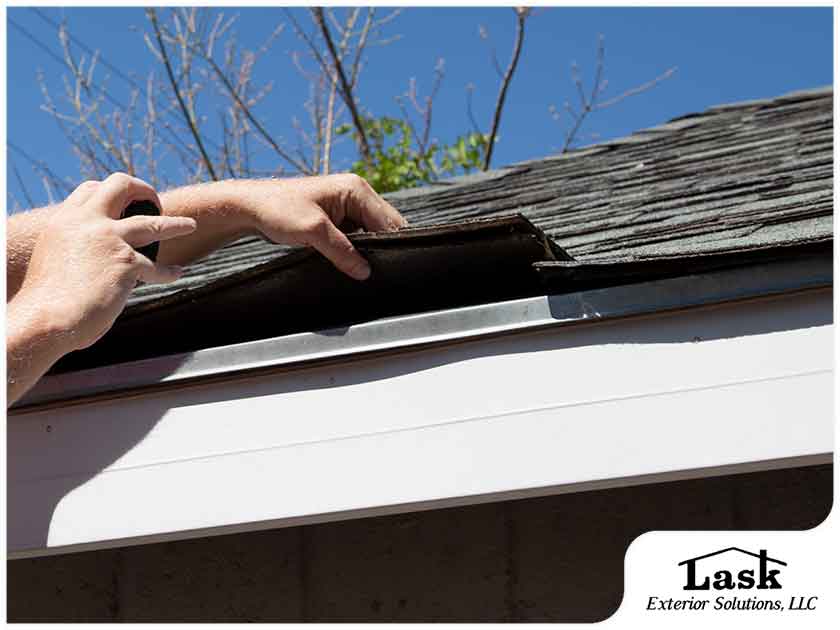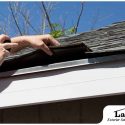Roof inspections are essential for detecting problems and extending the lifespan of your roofing system. Without regular inspections, you might get blindsided by major damage that you could have prevented if only you had discovered the issue earlier on.

As a rule of thumb, you should have your roof inspected by a professional after a hailstorm or other significant weather event. Even if your roof looks okay on the surface, it could have sustained underlying damage that only a professional has the skills to detect.
Apart from that, consider a routine roof inspection at least once or twice a year, preferably in the fall as preparation for the winter season. Frigid temperatures can be tough on any roofing system, so you have to make sure that your roof is in top condition before the cold sets in.
Spring is also a good time for a roof inspection. It allows you to check for any damage that may have been caused by snow and frigid temperatures during the winter. Apart from repairs, it’s also an ideal season for roof replacement. With a milder weather, you can expect less delays and hassle during the project.
But how are roof inspections done anyway? What makes them effective and beneficial? In this post, trusted roofing contractor Lask Exterior Solutions, LLC discusses the various aspects of a professional roof inspection.
Material Inspection
Material inspections focus on the condition of the actual roof material. This typically involves checking for loose, missing or curling shingles as well as missing flashing and rust. It also includes the inspection of rubber boots and seals around the vent pipes, making sure that there are no gaps or signs of deterioration. If your roofer finds shingle aggregate in the roof valleys or on the ground near the gutter downspouts, this could be an indication that your roof is approaching the end of its life span.
Workmanship Inspection
The quality of installation is a crucial factor in the longevity and performance of a roof system. That is why roofers often pay close attention to this during roof inspections. Shoddy installation or repairs usually cause problems such as leaks and roof damage, so it’s important to watch out for signs of poor quality. A common example of poor workmanship is when the flashing is incorrectly installed around the roof penetrations.
Structural Inspection
In a structural inspection, contractors typically look for uneven roof planes and sagging. They also check the fascia, soffits and gutters. If you have a chimney, you can expect the inspector to examine the structure for crumbling grout, cracks and chimney cap damage. Attic ventilation is also another thing that they might check. It is common for heat and moisture to build up in the attic if there is not adequate ventilation in the area. This can cause further problems like ice dams, and it can have an impact on your roof as well.
Interior Inspection
The interior inspection involves looking at the interior ceilings, walls and attic. Roofing professionals specifically look for mold, water stains, rot and other signs that water is able reach your interior.
After checking these areas, you can expect a detailed report from your contractor about the condition of your roofing system, along with any recommended repairs. Make sure to schedule these repairs as soon as possible. The quicker you act on these issues, the easier it will be for you to keep your roof in good shape.
Looking for dependable and trustworthy roofers? Lask Exterior Solutions, LLC is one of the top contractors trusted by local clients. With many years of experience, we can guarantee superior services. Call us at (815) 964-2220 or fill out our contact form to request a free estimate. We serve customers in Rockford, IL.
